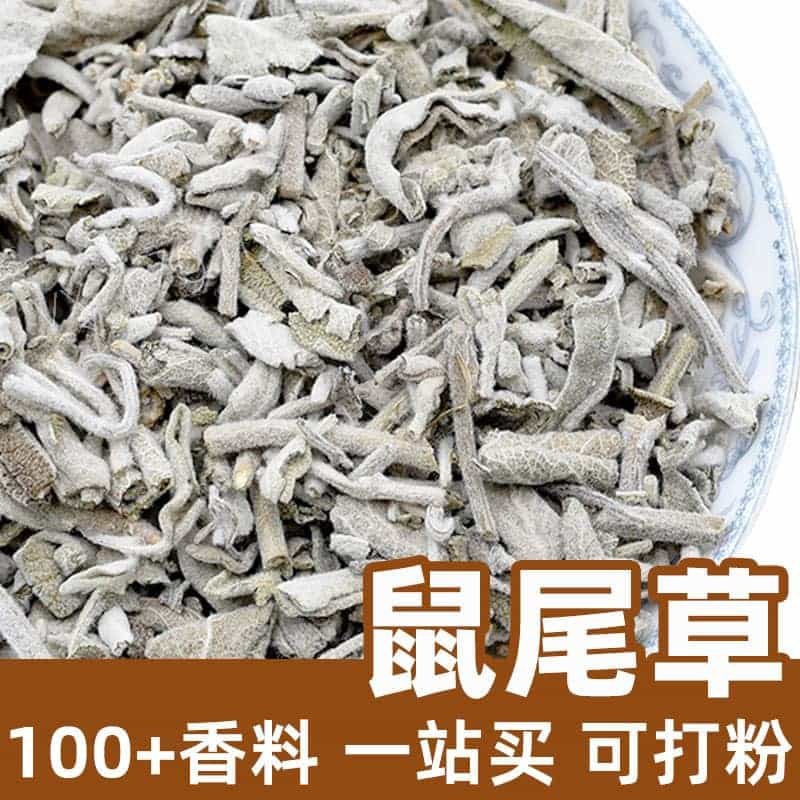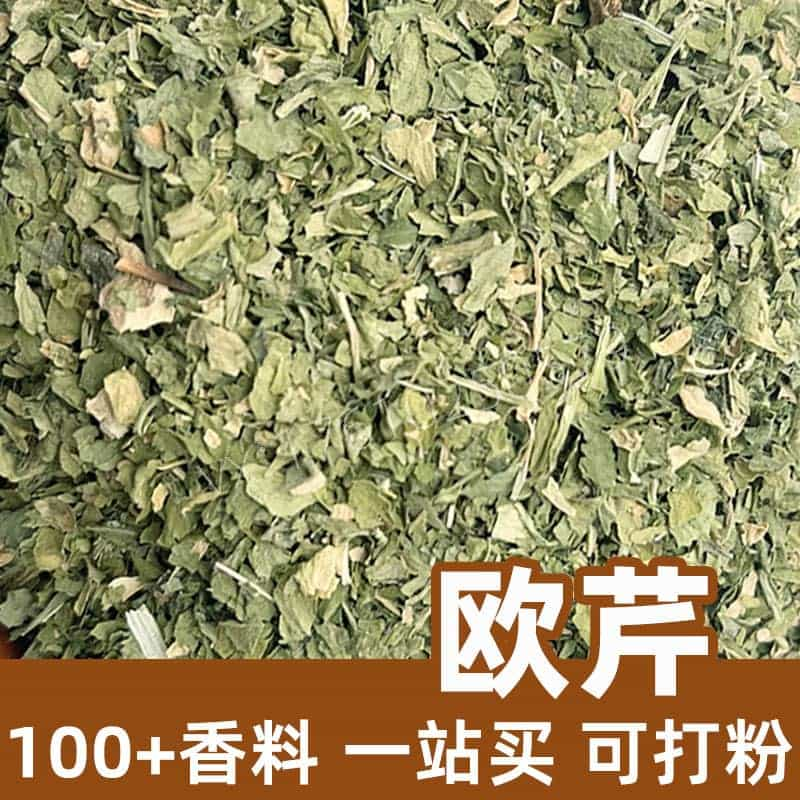Product Description
Perilla is a perennial herb characterized by its purple or green leaves and white or purple flowers. It is widely used in culinary applications and holds an important position in medicinal and seasoning fields.
Aromatic Chemical Composition
The distinctive aroma of Perilla comes from its rich essential oils and aromatic compounds. Key aromatic components include perillene, perillaldehyde, and terpenes. These compounds give Perilla its unique, intense fragrance and flavor.
Beyond essential oils, Perilla contains other compounds that also contribute to its special flavor and aroma.
Product Varieties
Perilla is typically available in forms that include its leaves and flowers. Common market forms include fresh leaves, dried leaves, Perilla powder, and Perilla oil.
Fresh Perilla leaves are suitable for sushi, salads, and dumplings, adding unique flavor and color to dishes. Dried Perilla leaves can be used for teas and medicinal purposes. Perilla powder is used in seasonings, noodles, and pastries. Perilla oil serves as an ingredient in seasonings and medicinal products.
Application Scenarios, Usage, and Dosage
Perilla is widely used in culinary, medicinal, and seasoning applications. Here are its primary uses in each area:
- Culinary: Perilla is commonly used in Japanese cuisine, such as in sushi, sauces, salads, and boiled fish. Its leaves can be used as dumpling wrappers or garnishes for dishes. Fresh leaves may be chopped or dried leaves crushed as needed in recipes.
- Medicinal: Traditionally, Perilla is believed to clear heat, detoxify, and ease respiratory discomfort. It is often used to alleviate symptoms of colds, coughs, and chest tightness. In medicinal use, Perilla is commonly made into decoctions or traditional Chinese medicine formulations.
- Seasoning: The unique aroma of Perilla is also ideal for flavoring condiments. Perilla powder is used to make chili sauces, seasonings, and pastries. Perilla oil can be used in sauces, condiments, and skincare products.
Use Perilla according to specific needs and personal taste preferences, and adjust quantities as per recipe requirements or individual preferences.
Botanical Description, Distribution, and Growth Environment
Perilla’s botanical name is *Perilla frutescens*, a member of the mint family. Native to East Asia—such as China, Japan, and Korea—it is now widely cultivated around the world.
Perilla thrives in sunny, moist soil conditions. It typically grows in mountainous areas, fields, gardens, and yards.
Both the leaves and flowers of Perilla can be harvested for immediate use or processing.
Harvesting, Processing, and Storage
Perilla leaves and flowers can be picked during the growing season, then cleaned and dried for processing. Processed Perilla can be used directly or stored.
To retain Perilla’s freshness and aroma, it is best stored in a cool, dry place, preferably in a sealed container.
In summary, Perilla is a perennial herb with a unique fragrance and flavor. It is widely used in culinary, medicinal, and seasoning applications, adding distinctive taste and color to dishes. Understanding Perilla’s properties, chemical composition, and uses can enhance its application and foster creative choices in food, medicine, and seasoning products.
Monica Sun is a seasoned expert in the natural raw materials industry, with over a decade of experience specializing in traditional Chinese medicinal herbs, spices, and fungi. She is skilled in the sourcing, processing, and application of these materials, emphasizing sustainability and innovation. Monica Sun has contributed to the development of high-quality natural raw materials that serve as essential components in functional foods, pharmaceuticals, and cosmetics, delivering tailored solutions to meet diverse market needs.









.jpg)


.jpg)


